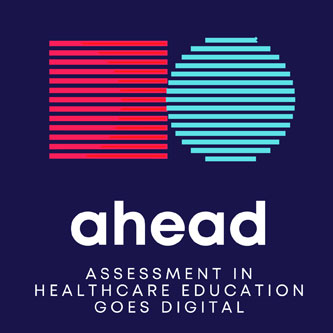Average Difficulty *
Requirements
laptop, Pc, tablet or smartphone, software for creating slides
User Cases
presenting research and working results
Output
poster
Benefit
skills in presenting results, creatung content, storing data, giving feedback to peers, dealing with issus of copyright and regarding licensing rights
Introduction
Digital posters are becoming increasingly important in the educational world as they provide a creative and visual medium for knowledge transfer. They allow learners to demonstrate what they have learned in an engaging and innovative way, improve their media literacy and deepen their understanding of a topic. The use of digital posters as a form of assessment is an innovative approach that promotes active and self-directed learning.
Method
When creating a digital poster, learners work on a topic or issue and present their results in a creative way. This method involves aspects of self-directed learning as students have a high degree of control over the content and presentation. It requires them to research the topic thoroughly, organise their thoughts clearly and develop a deep understanding of the topic. In addition, this method enhances learners’ ability to communicate complex ideas in an understandable way.
Technical requirements
The technical requirements for a digital poster are a computer or mobile device and access to the internet. Poster creation software or an online tool is also required. There are a variety of free and paid options, such as Canva, Adobe Spark or Google Drawings. In addition, learners can benefit from a worksheet that provides basic rules and formal requirements for digital poster design.
Notes on implementation
For the implementation of a digital poster as a form of assessment, it is important to give clear guidelines to the learners. These could include the size of the poster, the topics to be covered, the expected academic standards and the assessment criteria. It is advisable to have learners work in groups to encourage collaboration and discussion. A revision phase where learners can review and improve each other’s posters is also helpful.
Suitable examination topics
IBasically, a digital poster can be used for a variety of exam topics. In the humanities, for example, learners could discuss a historical moment or a philosophical theory. In the natural sciences, they could explain a scientific phenomenon or theory. In the social sciences, they could analyse a social problem or a political theory. Another interesting approach would be to allow learners to choose their own topics based on their interests and knowledge in order to foster their motivation and engagement.





